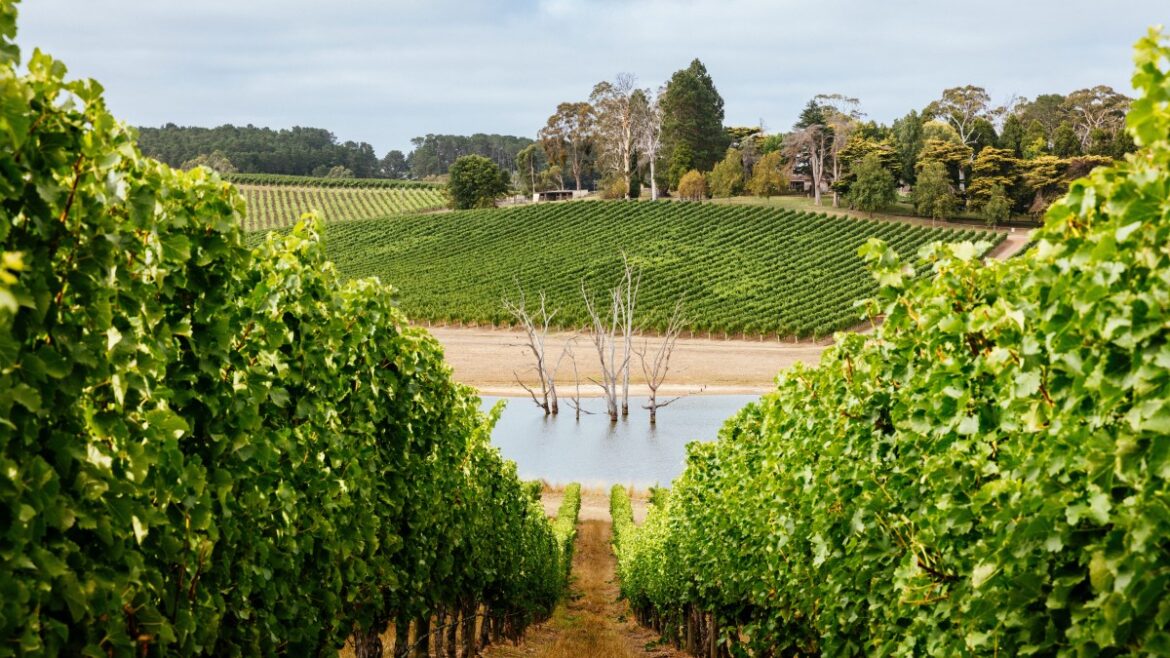There are many things that Australia has more of than most other places: kangaroos, hours of sunshine, miles of coastline. Still, some aspects of its bounty are more surprising than others. Like the fact that this outpost of the so-called new world — a country that had no winemaking tradition at all until the 19th century — has 65 wine regions growing more than 100 grape varieties, and shelters some of the oldest surviving vines in existence.
In South Australia’s Eden Valley, next to a pretty church built in 1860, lies a vineyard planted that year: Hill of Grace. The single-vineyard shiraz of the same name has been made by the Henschke family since 1958. The Kalimna Vineyard in the Barossa Valley has cabernet sauvignon vines planted in 1888, whose output often ends up in the most famous Australian wine of all, Penfolds Grange.
The phylloxera louse, which destroyed Europe’s 19th-century vineyards, has never reached South Australia. So these wines, rich yet restrained, elegant and long-lasting, are like a gift from the past. It’s a reminder that Australia is many things … but a new world? Sorry, no.
A visitor to Australia who wants to see a wine region or two is spoilt for choice. Flying into Sydney? The Hunter Valley, the country’s oldest wine region, is a three-hour drive north. If your destination is Adelaide — much easier since Emirates reinstated its daily direct flight from Dubai — then congratulations, you are in the wine capital of the country, much of it built on the early vineyards planted by Christopher Rawson Penfold and his wife, Mary, in the 1840s.
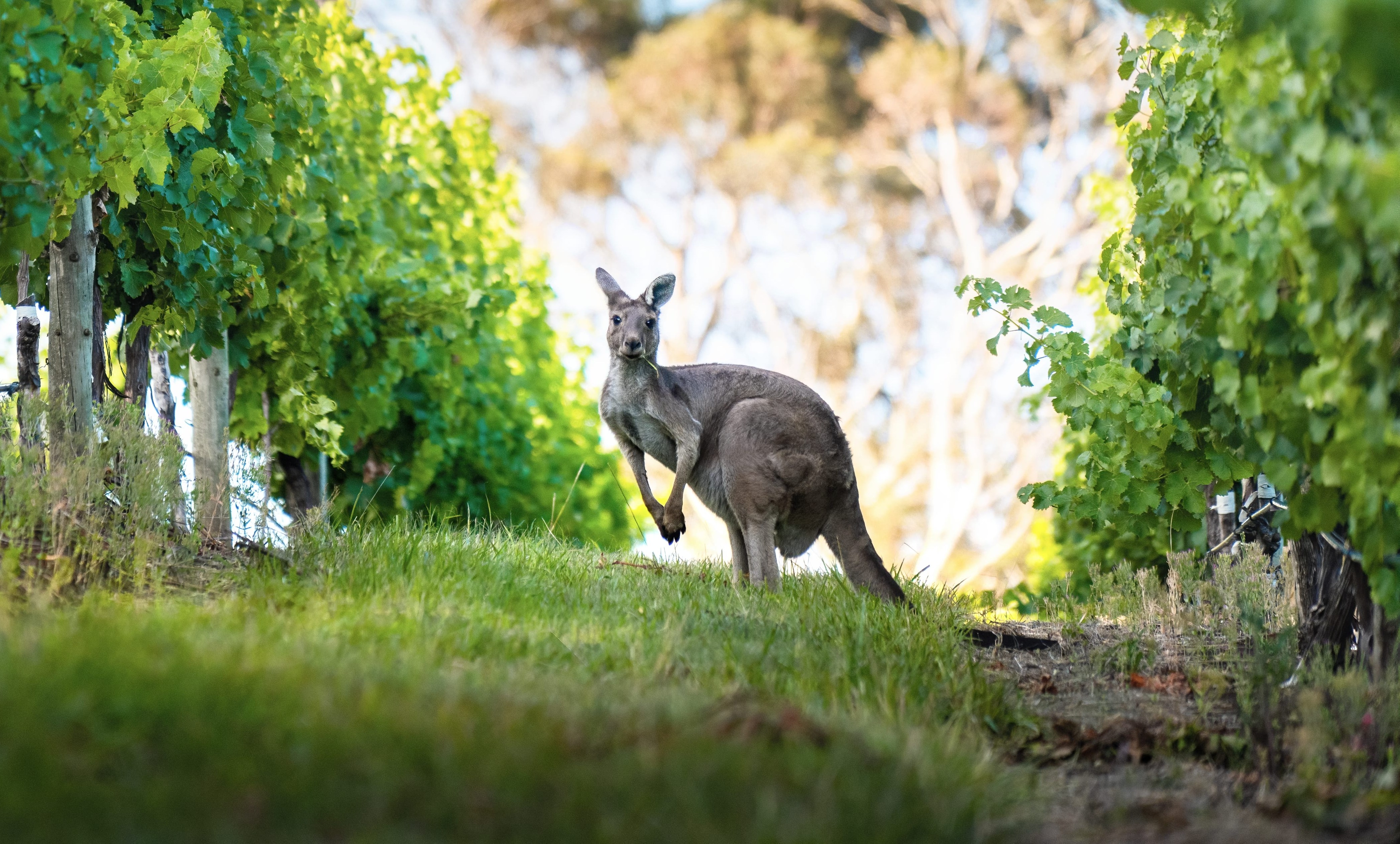
A kangaroo explores the Lane Vineyard in Adelaide Hills
SOUTH AUSTRALIAN TOURISM
Going to Melbourne? This state has more wine regions than any other. Or Tasmania? This cool and windy island, its mountains, forests and beautiful beaches fringing blue seas, is probably the most exciting area of Australia for wine at the moment. Which is saying something.
This is a country in the happy position of being able to cherry-pick from older traditions and add an inimitable spice all its own. Not everywhere is welcoming to vines — the north is either too dry or too tropical, although there is a little wine made in southern Queensland — but quality grapes are thriving from Western Australia to Tasmania. That’s 2,665 miles, about the same distance as from London to Aleppo, Syria. No wonder the country’s wines are so varied. Here are four of the finest spots to visit.
This article contains affiliate links that can earn us revenue
Margaret River, Western Australia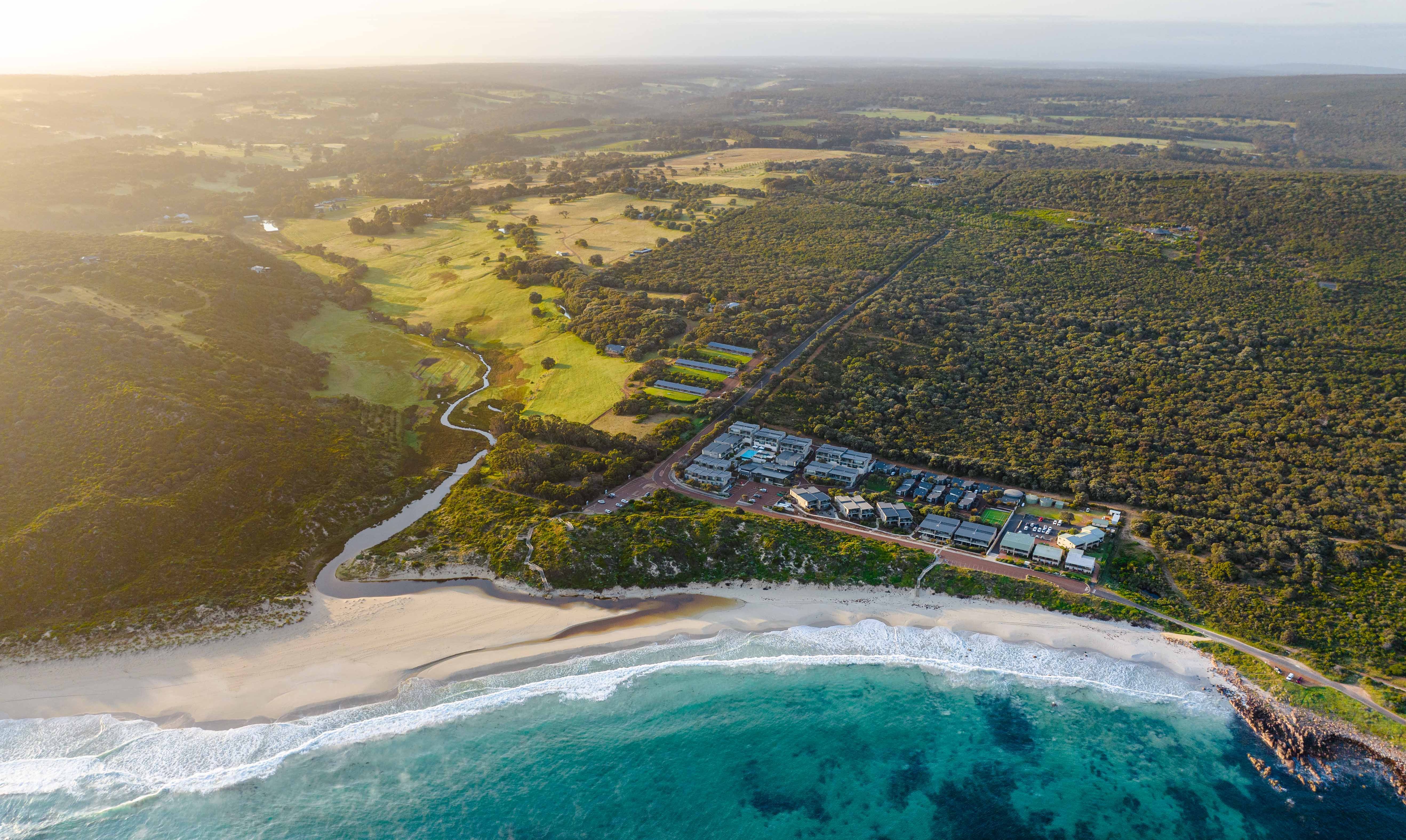
Margaret River is surrounded by vineyards
@DYLAN_ALCOCK/INSTAGRAM
The state of Western Australia is vast — a third of Australia’s total landmass. The main vine-growing region is about three hours south of Perth by road, in the lush surrounds of Margaret River where, in 1967, Dr Tom Cullity recognised the land’s serious winemaking potential, particularly for rich cabernets and bordeaux blends. Today that estate, Vasse Felix, is still one of the region’s most admired, with an art gallery, restaurant and superb cellar door, the local term for the tasting room (tastings from £5, mains from £21; vassefelix.com.au).
Cullen, another early adopter founded in 1971, offers a four-course meal with ingredients almost entirely from its five biodynamic kitchen gardens (tastings from £7.50, four-course menu from £75; cullenwines.com.au). And at Glenarty Road, Ben and Sasha McDonald combine winemaking — unusual varieties, even some wine sea-aged in the bay — with a much-loved farm-to-table restaurant (tastings from £7.50, three-course menu from £52.75; glenartyroad.com.au). To try great WA wines from wineries that are too small to welcome visitors or too far to visit, eat at the Settlers’ Tavern, an unassuming Margaret River bistro with an amazing list of local wines (mains from £12; settlerstavern.com).
When all that wining and dining gets a bit much, there is surfing, hiking or cycling along one of the world’s most beautiful coastlines. Not that it’s an either/or. Try the Ride to Wine tour (£200pp, including pick-up, bike and lunch; margaretrivermountainbiketours.com.au), which visits three wineries, ending up at beautiful Leeuwin estate for lunch overlooking the vines (three-course menu from £58; premium tastings from £38; leeuwinestate.com.au).
• This Australian city is sunny year-round — and has direct flights
Where to stay 
Smiths Beach Resort has a heated pool
ANGE WALL
Cape Lodge has 22 rooms and a restaurant overlooking an ornamental lake and 40 beautiful acres, including its own vineyard (B&B doubles from £215, including wine experience, afternoon tea and minibar; capelodge.com.au). Smiths Beach Resort, right near the beach, has a good café as well as a heated pool and tennis court (room-only doubles from £150; smithsbeachresort.com.au). Whicher Ridge Wines, outside Busselton, is further off-grid. On the property, Heyscape runs three cabins equipped with a kitchenette, barbecue and outdoor bathtub for admiring the scenery (room-only doubles from £190; heyscape.com.au).
• Everything you need to know about Australia — in three minutes
Adelaide Hills, South Australia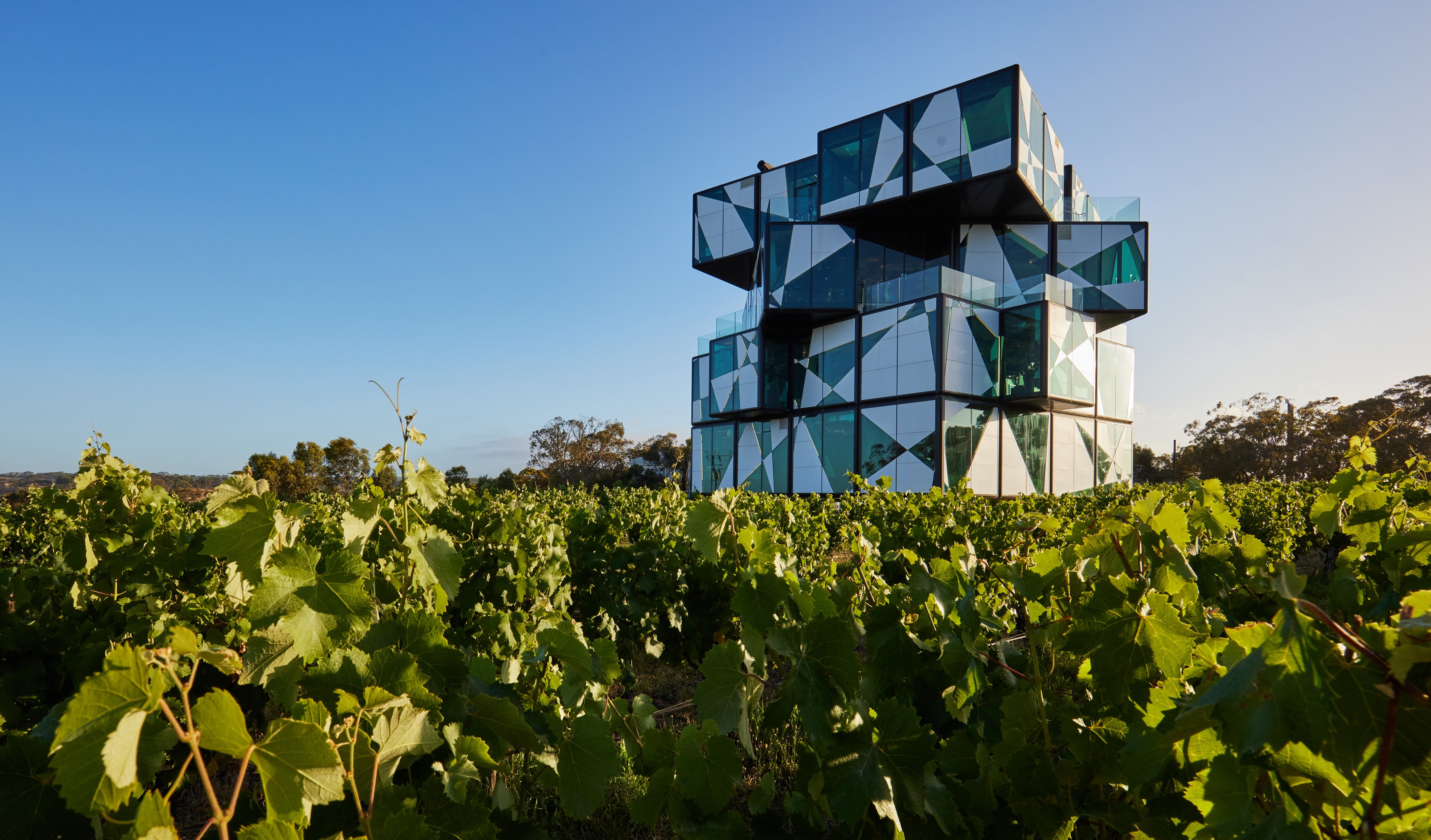
D’Arenberg’s eccentric wine-tasting Cube
SOUTH AUSTRALIAN TOURISM COMMISSION/ D’ARENBERG CUBE
Less than half an hour’s drive from Adelaide, South Australia’s capital, these hills appear in tiers of wooded slopes dotted with dairy farms, orchards and charming 19th-century villages. The extra height makes for elegant, cool-climate wines, often served in glorious surroundings.
In the Lane’s glass-fronted restaurant, tartare of venison from the nearby village of Hahndorf makes a great match for the cherry and truffle notes in its Gathering Pinot Noir (mains from £10.50; thelane.com.au). A mile away, Shaw and Smith has a hilltop tasting room with panoramic vineyard views to drink in along with wines that range from moreish, textured chenin blanc to spicy, delicate single-vineyard Lenswood Pinot Noir. They can be accompanied by delicious seasonal small plates (tastings from £12.60, plates from £7; shawandsmith.com).
For something rather more substantial, book in for the tasting menu at the Bird in Hand Winery restaurant, where there is now luxurious accommodation too, in the former home of the olive presses (tasting menus from £98, B&B doubles for diners only from £250; birdinhand.com.au).
Or stay at Mount Lofty House, a sensitively refurbished 1850s mansion at 700 metres, the highest point in the Hills (seven-course menu from £125, B&B doubles from £302; mtloftyhouse.com.au). And for anyone who wants to splash out, the adjacent, newly built Sequoia Lodge has 14 suites and an open-air hot spring, with options including a Koala Experience in nearby Cleland Park (B&B doubles from £850; sequoialodge.com.au).
From Adelaide, it’s less than an hour’s drive down into McLaren Vale, where hills give way to white-sand beaches, the chardonnays are rounder and richer, and grenache and shiraz come into their own. For sheer entertainment, nothing beats D’Arenberg’s eccentric Cube, a five-storey Rubik’s Cube in the middle of a vineyard, featuring tasting experiences, art installations and an alternate realities museum (from £5; darenberg.com.au).
For fine dining, try the Salopian Inn, a splendid restaurant in a restored 1851 homestead with a wine list to match Karena Armstrong’s delicious interpretation of local produce (mains from £17; salopian.com.au). The Star of Greece in Port Willunga sits just above a west-facing beach, so it’s vital to get a dinner reservation early enough to watch the sun set over St Vincent Gulf (mains from £12; starofgreece.com.au). Or challenge yourself in the vineyard labyrinth at Maxwell Wines, before taking a table at the cellar door, with its (carefully sealed) beehive and amazing chef, Fabian Lehmann (tasting menus from £73; maxwellwines.com.au).
• 14 exciting ways to see Australia (and its unexpected highlights)
Where to stay
Dudley Brown and Irina Santiago-Brown, the owners of Inkwell Wines, have launched the on-site Hotel California Road with three comfortable suites (room-only doubles from £165; inkwellwines.com). At the Vineyard Retreat, expansive guesthouses amid the vines are convenient for the inevitably long lunch at Maxwell Wines (B&B doubles from £265; thevineyardmv.com.au).
Yarra Valley, Victoria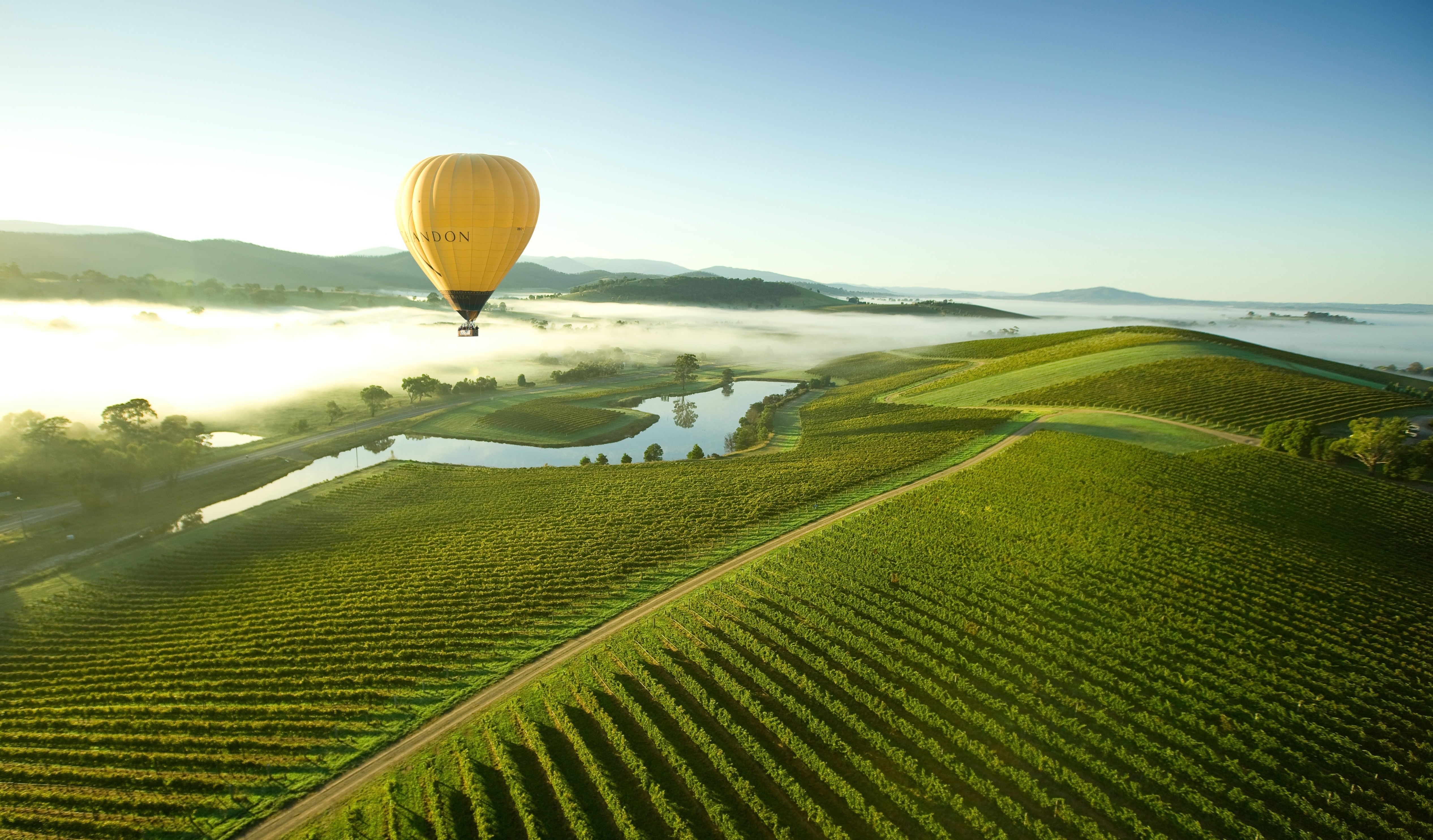
The Yarra Valley is Victoria’s oldest wine region
The quiet, sprawling town of Healesville, an hour’s drive from central Melbourne, is the hub of Victoria’s oldest wine region, the Yarra Valley. Anyone unsure of which wineries to visit can just pause here at Barrique Wine Store, which stocks pretty much every local producer. It hosts free tastings on a Friday evening with £5 corkage on anything you want to drink in, and a food truck out back (barrique.com.au).
Across town, past various distilleries, restaurants and cellar doors, is Jayden Ong’s Winery & Cellar Bar. Ong is both an excellent winemaker (seriously, try his chardonnay) and co-owner of Cumulus Inc, one of Melbourne’s finest eateries. So no surprise that the food here — tiger prawn skewers, charred chicken skin sandwiches — is as good as the wines (mains from £19; jaydenong.com).
Another, much bigger producer with a presence in town is Giant Steps, owner of some of the finest — and most challenging — vineyards in the Yarra. Its Bastard Hill wines are delicious: pinot noir and chardonnay from a cool, high site on 60 million-year-old volcanic soils. But, as head winemaker Mel Chester points out, the hill is well named: “It’s at 400 metres, straight up through rainforest.” Thanks to Giant Steps’ newly refurbished tasting room in Healesville, wine-lovers can stay warm (tastings from £7.50; giantstepswine.com.au).
• Australia travel guide
Where to stay
The Homestead at Yarra Yering winery is a guesthouse that sleeps up to ten and has a pool amid the vines (doubles from £225; yarrayering.com). The extremely plush, high-design Re’em Hotel at Helen & Joey Estate in Gruyere has 16 rooms where you can admire the mountains and vineyards while sipping wine in your giant circular bath (B&B doubles from £250; helenandjoeyestate.com.au).
Tasmania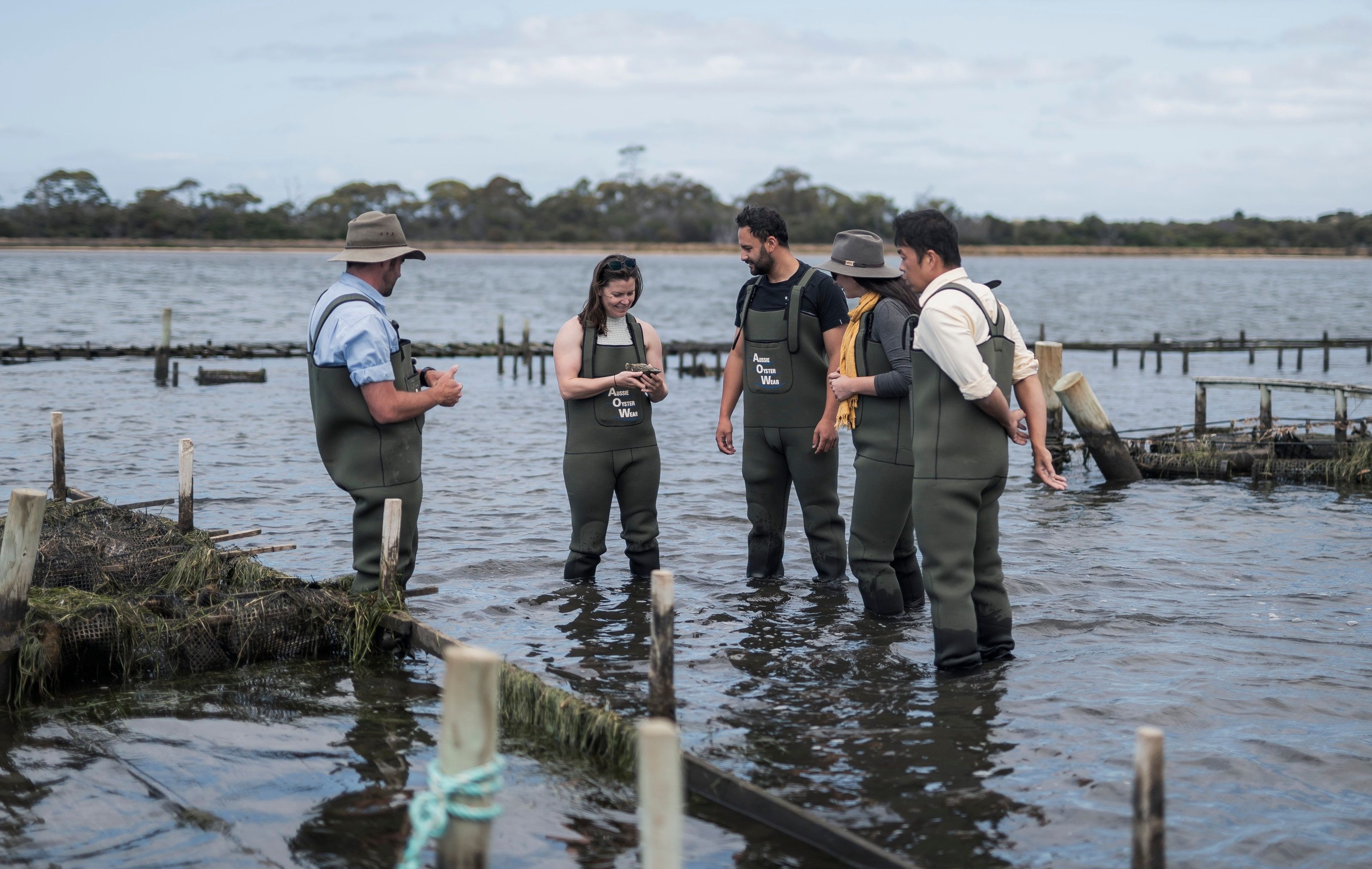
Freycinet Marine Farm offers an Oyster Farm Tour
TOURISM AUSTRALIA
Australia’s southernmost state has long been known for its wild beauty and, thanks to its cooler temperatures, for its sparkling wines. These range from the widely available House of Arras wines (tastings by appointment from £12.50; houseofarras.com.au) to Natalie Fryar’s outstanding, tiny-production Bellebonne (tastings by appointment £12.50 or free with wine purchase; bellebonne.wine).
But Tasmania also makes some of the country’s best still wines, such as Jim Chatto’s glorious pinot noirs, which are complex yet delicate and as full of plums, cherries and raspberries as the Tasmanian orchards (chattowines.com).
There is so much to do here, and so many wonderful wines to try, that it makes sense to combine activities with wine-tasting wherever possible. At Tasman Sea Salt, Chris Manson and his English wife, Alice, harvest pure, snowy salt in one of the world’s most unspoilt environments. Try a Salt Sommelier experience, a tour of the oceanfront saltworks followed by a truly enlightening tasting that matches wines to products like cherry tomatoes and chocolate — first without, then with, salt (£47.75; tasmanseasalt.com).
• Six Australian wines from a region to rival Bordeaux
Along the coast, Freycinet Marine Farm offers an Oyster Farm Tour, where you wade out to the oyster beds in neoprene dungarees then learn to shuck the delectable molluscs alongside a glass of flinty, perfumed riesling on the steep slopes of Freycinet Vineyard (£85, oysterbaytours.com). Post-oysters, drop into the cellar door for another glass and a cheese plate amid the vineyards (tastings from £2.50, free with wine purchase; freycinetvineyard.com.au).
This is the region for spectacular views while you taste: amid Tolpuddle Vineyard’s chardonnay and pinot vines at its new glass-fronted tasting room (tastings from £27.50; tolpuddlevineyard.com) or at Mewstone Wines’ minimalist premises, staring across the bay to Bruny Island (tastings from £12.50; mewstonewines.com.au). Another top producer of still wines, Samantha Connew of Stargazer, hopes to open a vineyard tasting room in August (stargazerwine.com.au).
For lunch, Tasmania has an amazing range of options. There’s Peppermint Bay, where tables are perched between the ocean and the produce gardens (mains from £16; peppermintbay.com.au). Or try the gildas and gnocchetti with broccoli at Ogee, a hip neighbourhood restaurant in Hobart (small plates from £6; ogeehobart.com.au).
Several wineries have great restaurants too. Derwent Estate’s cellar door restaurant is in an 1820s building once used to house female convicts (mains from £16; derwentestate.com.au). At Josef Chromy you eat on a deck looking onto the lake, the gazebo and the vineyards beyond (two courses £40; josefchromy.com.au).
Where to stay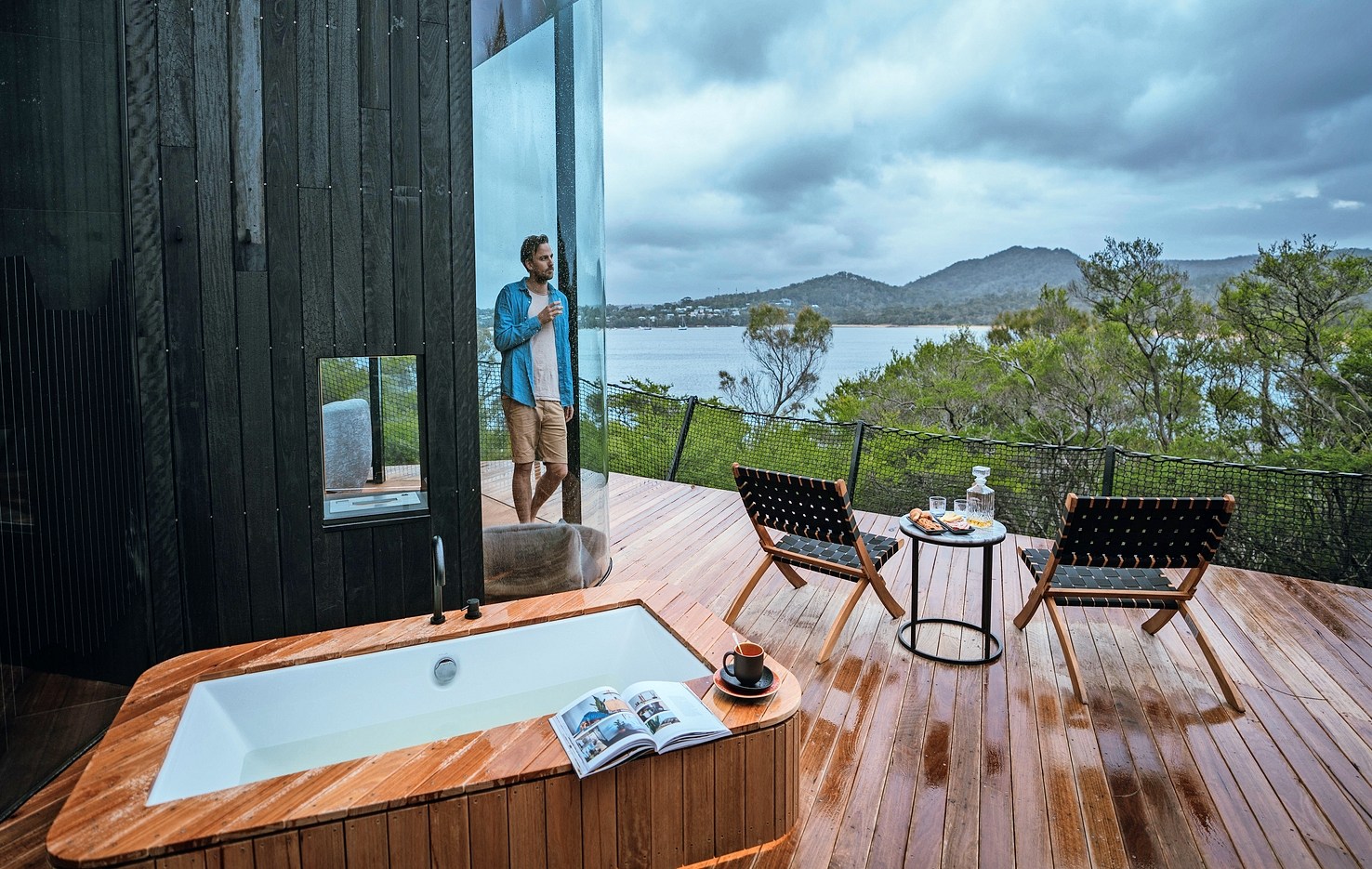
Freycinet Lodge sits at the centre of the national park
RACT DESTINATIONS
For a sumptuous wilderness stay, Freycinet Lodge sits at the centre of the national park. Rooms range from simple but comfortable to luxury standalone pods with baths on the deck and views of the bay (B&B doubles from £250; freycinetlodge.com.au). The Tasman Hotel, right on Hobart’s historic waterfront, has an airy restaurant, Peppina, featuring local produce and an outstanding wine list (B&B doubles from £155; marriott.com).
Nina Caplan was a guest of Tourism Australia (australia.com); Tourism Tasmania (discovertasmania.com.au); South Australia Tourism Commission (southaustralia.com); Wine Australia (wineaustralia.com); and Emirates, which has London-Adelaide returns from £1,035 (emirates.com)
Become a subscriber and, along with unlimited digital access to The Times and The Sunday Times, you can enjoy a collection of travel offers and competitions curated by our trusted travel partners, especially for Times+ members
Sign up for the travel newsletter and follow us on Instagram and X

